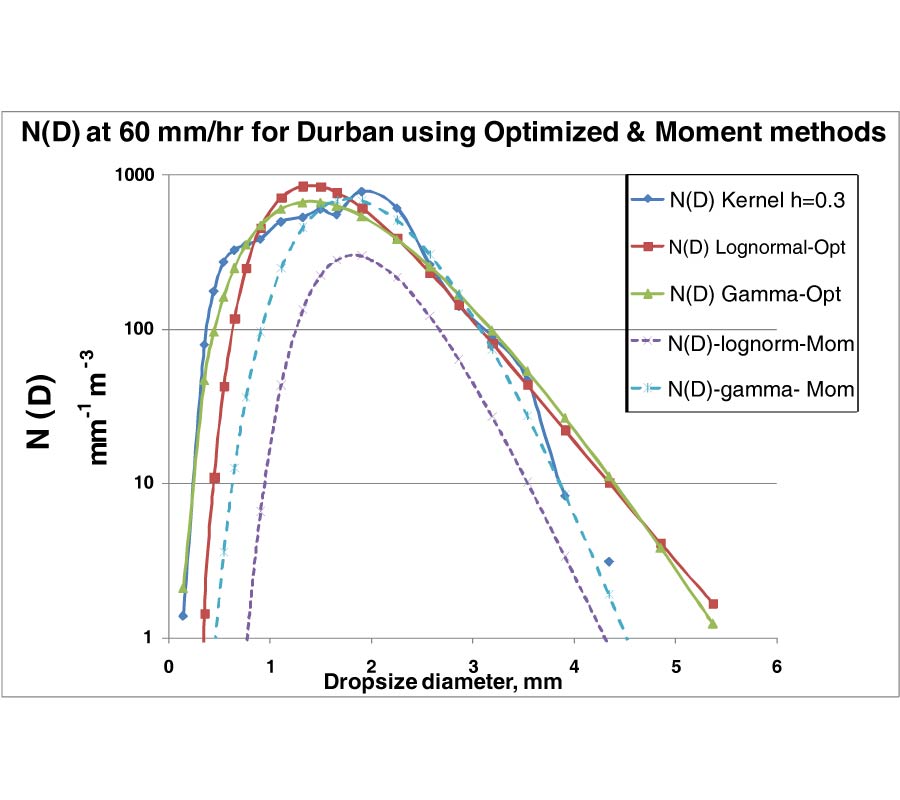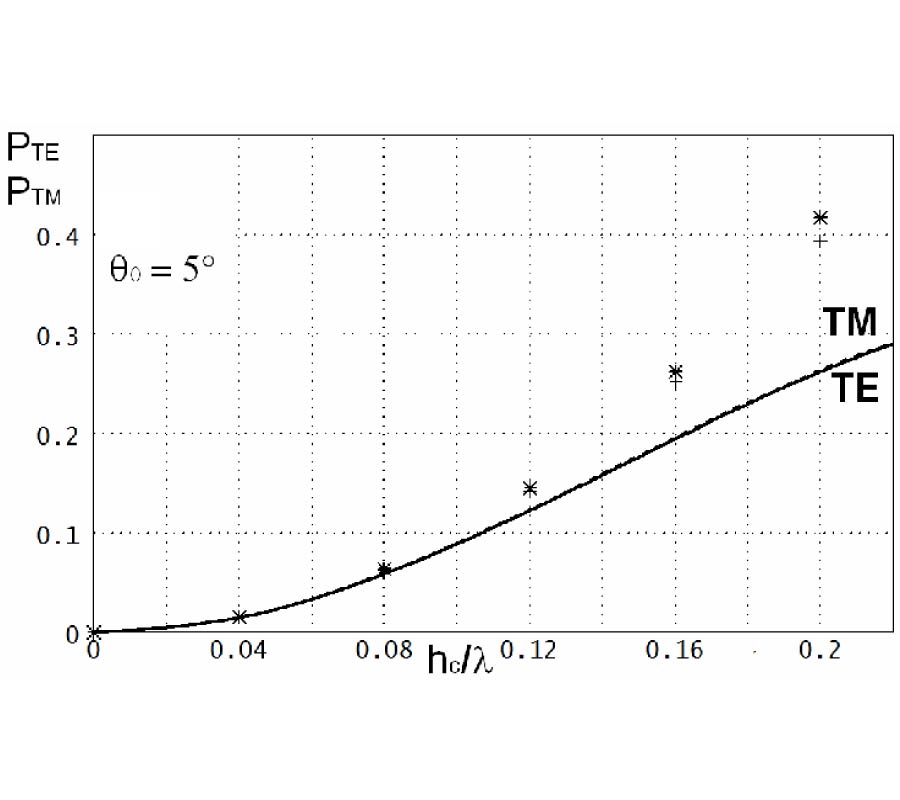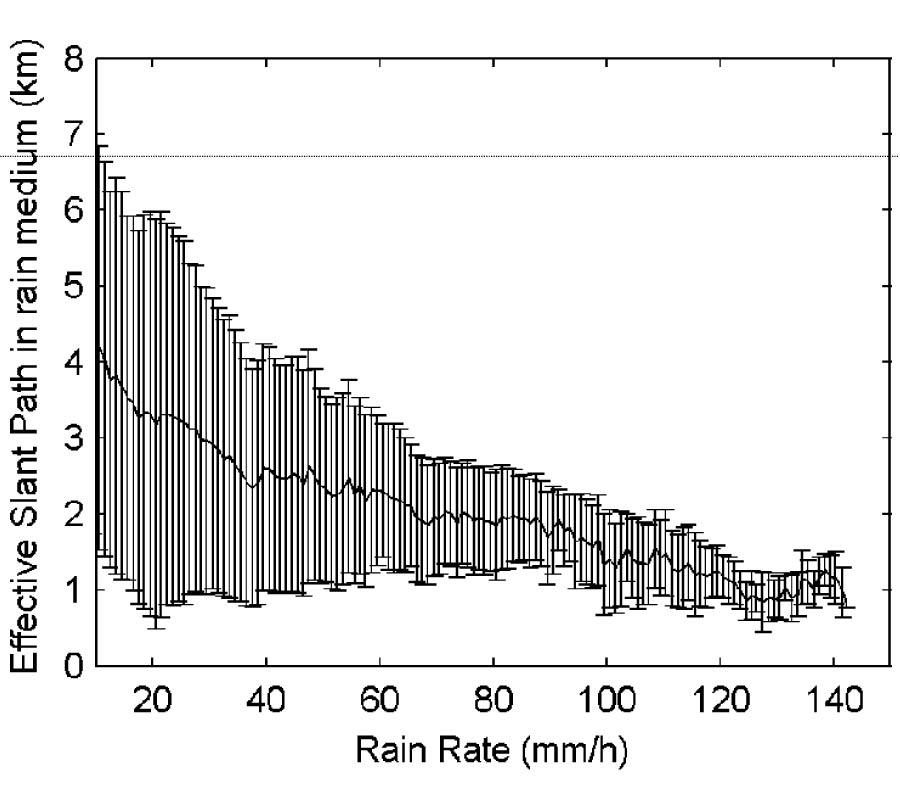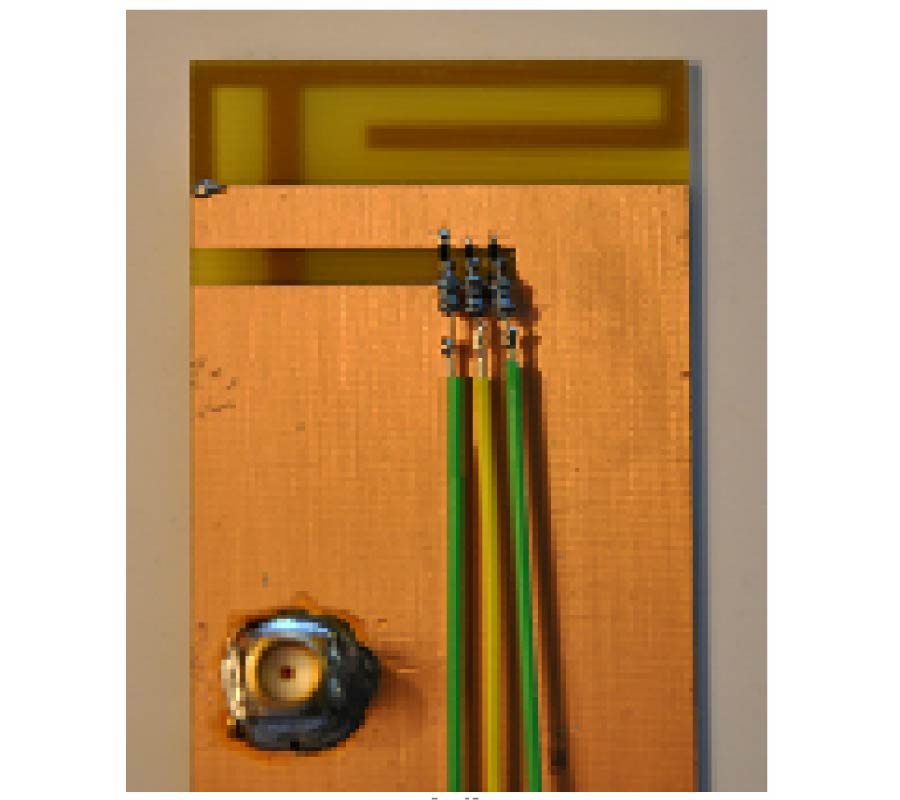Low-Loss Grounded Elevated Coplanarwaveguide for Sub-Millimeterwave MMIC Applications
Fatemeh Aghamoradi,
Ian McGregor,
Scott Roy and
Khaled Elgaid
A new type of elevated coplanar waveguide structure is described which uses airbridge technology to suspend CPW traces above a ground plane resting on a high permittivity substrate. The transmission line is effectively shielded from the substrate and is equivalent to conductor backed CPW with an extremely thin, air substrate. It is, therefore, insensitive to parasitic substrate effects such as surface waves and the effect of dielectric loss tangent. In comparison with other forms of CPW with typical lateral dimensions, the structure exhibits no high frequency roll-off at frequencies of around 240 GHz and above. Measured results show 2.5 dB/mm insertion loss at 320 GHz for a 51 Ω line. In order to demonstrate the performance of the new line at mm-wave frequencies, several passive components have been fabricated, measured and their performance compared with CPW counterparts. The experimental results, which are in close agreement with simulation results, for short and open circuited matching stubs, and band-pass and band-stop filters, clearly show improvements in terms of loss and in the characteristics of the frequency response. Also, in order to make some qualitative assessment of the variation in performance with elevation, results for elevations of 6 μm and 13 μm are compared. Low loss and a simple, MMIC compatible, fabrication process make grounded elevated CPW a promising transmission media for MMIC applications at the very high end of the millimeter-wave frequency spectrum.



















